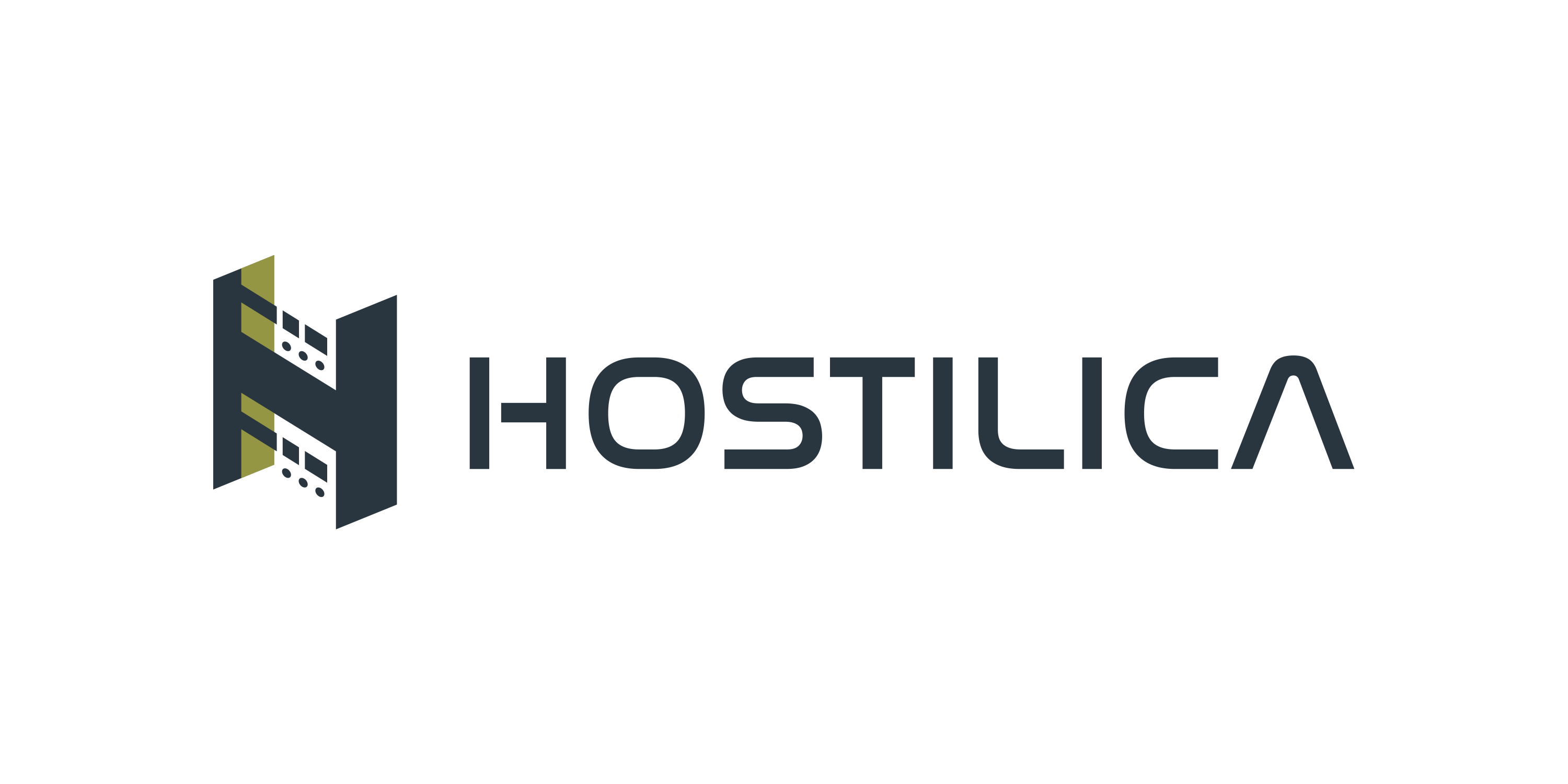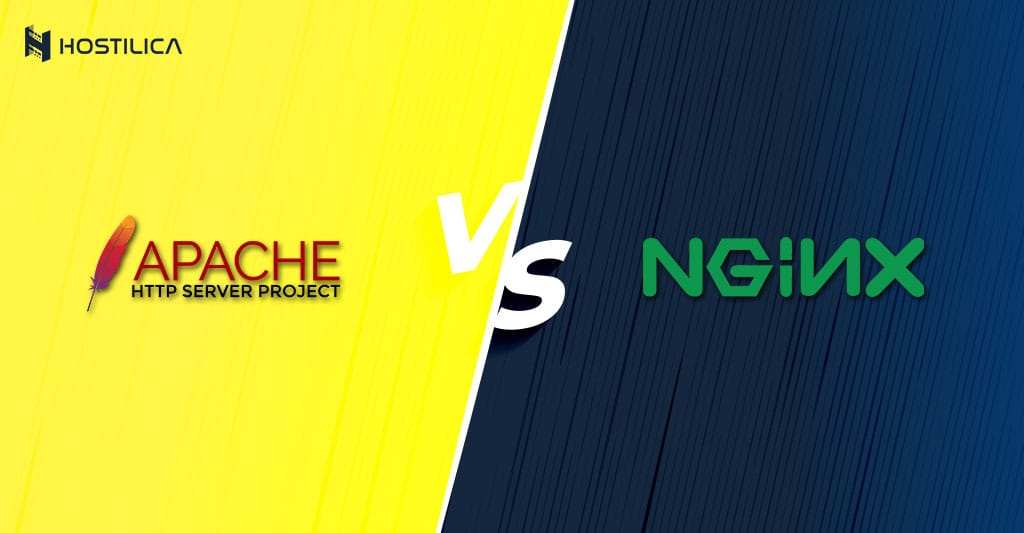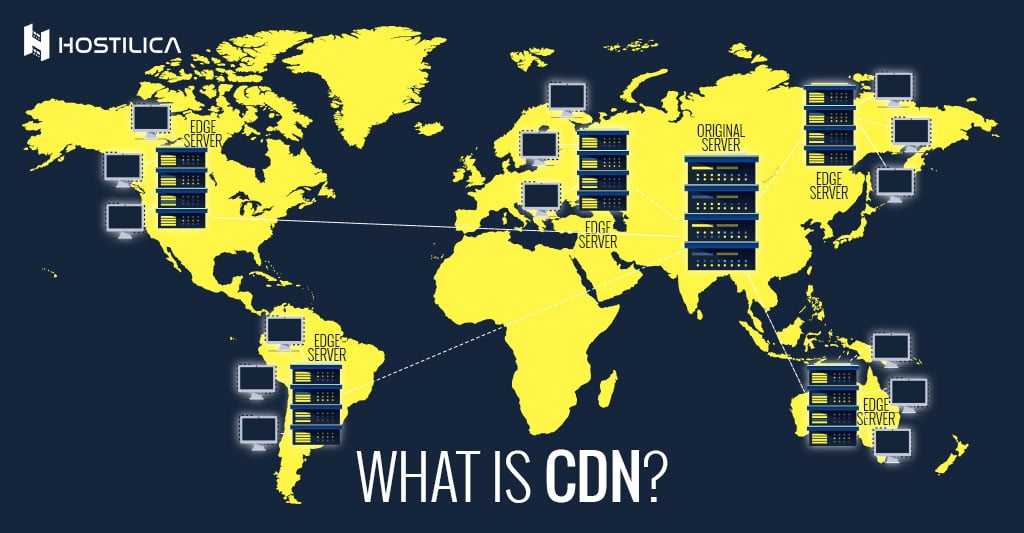What is CentOS?
CentOS is a Linux distribution targeted towards Web servers. Centos was founded by Gregory Kurtzer and Lance Davis in 2004. CentOS is basically a one to one copy of RHEL (Red Hat Enterprise Linux) but without RHEL branding and commercial support and is built from the same source code.
CentOS appealed to a broad market since it was free and as reliable as Red Hat this contributed to gaining a large market share for a couple of years, making it the most used Web server in 2010 by a whopping 30% market share in web servers.
Red Hat acquiring CentOS in 2014 and IBM acquiring Red Hat in 2019
In 2014, the CentOS team had a market share bigger than their resources can support. So the team accepted a deal with Red Hat. This was a win-win deal for both sides. Red Hat took control of an entity that complemented their brand and CentOS developers got the resources they needed to continue working on the centOS project. However, a part of the deal involved electing a new governance board for CentOS with a mandatory and permanent Red Hat majority; this made it more acquisition than a deal since CentOS is now funded and controlled by Red Hat. In 2019 IBM officially acquired Red Hat, which led to the decision of discontinuing CentOS.
Death of CentOS and hail CentOS Stream
In December 2020, Redhat officially announced the death of the CentOS project. This meant that the current version CentOS 8 will be the last version and adding salt to injury, it will not enjoy the 10-year update it should have, sending it to the grave much earlier by the end of 2021 instead of 2029. Red Hat also announced users will need to migrate to RHEL or CentOS, which was originally announced back in September 2019. For those who don’t know what CentOS stream Linux is, As CentOS community Manager Rich Bowen “ the upstream (development) branch of Red Hat Enterprise Linux” meaning it’s an update preview of RHEL. Many people consider Stream Linux as a beta version of RHEL; however, the distribution FAQ clearly states that CentOS Stream will not be “the RHEL beta test platform”.
Alternatives:
Red Hat Enterprise Linux (RHEL):
The ultimate goal of discontinuing CentOS is to move users to Red Hat Enterprise Linux. Yes, it is a sly move but will save you a lot of time if you have the money for it. Red Hat already released a script for a smooth migration.
Stream CentOS:
Moving to Stream is an option if you want to stay within the Red Hat ecosystem and don’t want to pay for RHEL. We wouldn’t recommend this option because it can’t have the same reliability as either CentOS or RHEL since, by nature, Stream is a work in progress and always will be, even if the distribution FAQ says that it will not be used as a beta testing platform.
ROCKY LINUX:
Right after Red Hat announced that CentOS was finished, one of the original founders of CentOS, Gregory Kurtzer announced another clone of RedHat named ROCKY LINUX after the late co-founder of CentOS Rocky McGaugh. However, we are not sure that it will have the same stability and continuity as CentOS. Rocky Linux will be released in Q2 2021.
ORACLE LINUX:
ORACLE Linux has been around for some time and is another one to one copy from Red Hat offering the same reliability and continuity of Red Hat since ORACLE backs it. Migrating to ORACLE Linux will be very easy as ORACLE provided a script for it. However, the issue with ORACLE Linux isn’t a technical one but more of an ethical problem. Since every scrap of Red Hat Linux is open-source, anyone can make a clone of Red Hat, but the community has long criticized oracle for offering a paid version for technical support for a product that isn’t technically theirs.




